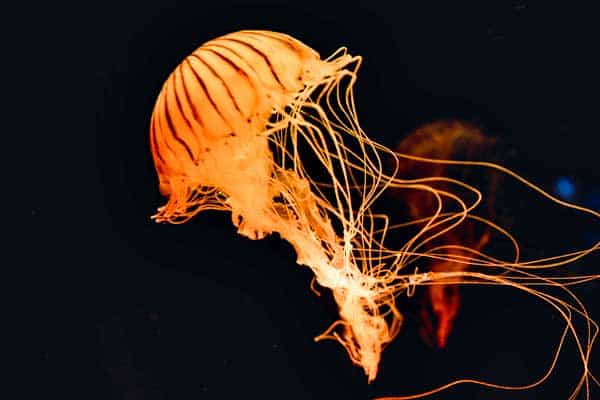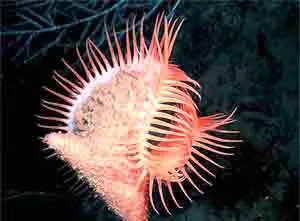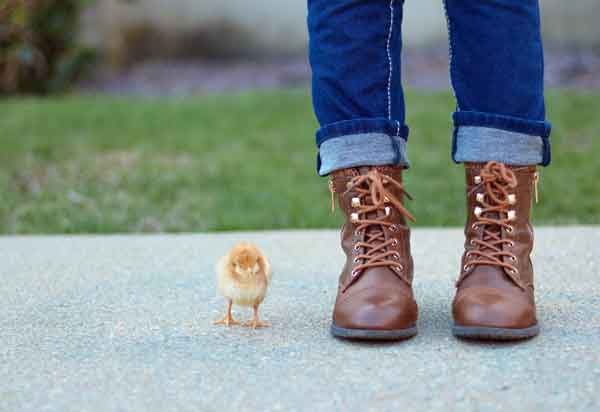A lot of animals will migrate south or to another part of the world when winter approaches. Animal migration is when animals travel to another area on a seasonal basis.
Some animals wander down from the mountains to warmer weather while others will fly south.
Why Do Animals Migrate? Animals migrate to warmer climates to survive during the winter. It can be hard to find food during the cold months so they will head south and come back when spring approaches. Other animals migrate in order to breed.
But there are a lot more interesting things to say about animal migration.
It’s really interesting to look into how and why animals migrate. We will also look at other ways animal prepare for surviving the cold winter months
Table of Contents
Let’s start by taking at all the reasons why animals migrate.
What Are The Different Reasons for Migrations?

Most animals who migrate are heading south in order to find a warmer place to spend the winter.
These are typically the animals we are thinking about when we talk about animal migration. But there are other reasons to migrate as we will see below.
Migration To Escape The Cold Winter
This is very typical behavior for bigger birds.
They will often leave together in big flocks of hundreds or thousands of birds.
This is typical behavior for animals in areas where the summer is warm in the winter is cold. Most animals are made to live within a certain set of temperatures. So they have developed this behavior in order to stay warm during the cold months.
There are also many places on earth where the weather stays pretty constant during the year.
Around the Equator, we find countries where it is summer and pretty hot all year long. This is true for African countries like Kenya and Tanzania.
Animals who lived around these countries will not migrate because they have the same planet all year round. Almost.
At least when compared to Northern Europe and North America.
Animals who migrate to breed
Many fish and other sea creatures will head to warmer waters in order to breed.
They may leave for several years in order to take care of their eggs and then head back to the area they came from. And then the cycle starts all over again.
The same things go for Whales, Seals (as we will see below), and many fish like Salmons. The Salmons head for warm waters in order to lay eggs and breed. This happens all over the world and not only in cold countries.
Frogs and Toads are also known to travel short distances in order to breed in a lake.
You might have noticed how we often find frogs, salamanders, and toads in public areas like roads and highways. This is not because they live there. It’s simply because they are on their way to a better place to mate.
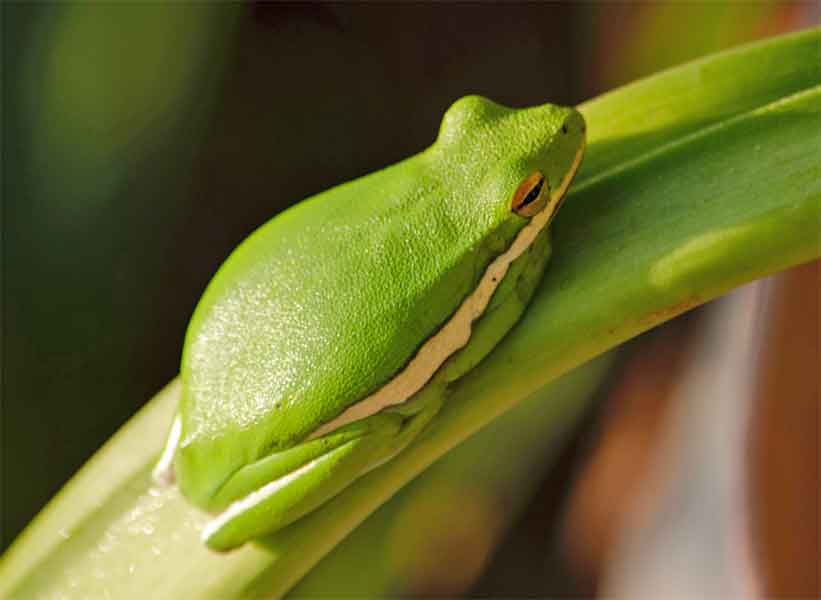
So it’s not all animals that will travel south to a warmer climate. Some animals will simply migrate in order to breed in a better and safer environment.
What Triggers Animal Migration?
Have you ever wondered how animals know exactly when is a good time to migrate? They seem to always leave at the correct time and always know exactly when to come back.
Let’s take a look at what triggers the animal to migrate.
Is migration a learned or inherited behavior?
Animals know instantly when to migrate and where to go.
It seems like they have this behavior from birth (or at least they learn it VERY early on). Because we rarely find any animals left behind. Animals don’t seem to ever forget how and where to migrate.
Take the Canadian geese for example.
They always fly south for the winter and they never stay in Canada. And as soon as spring approaches they know it’s time to fly back. They will do so every year.
This behavior is simply built into them as instincts.
Scientists don’t know much about how these instincts work. So there are a lot of fields to explore here if you have a scientist inside you and you love animals.
It’s sort of like hibernation.
The bear knows exactly when to go into hibernation even though it might not have become real cold yet.
Climate change creates new patterns
The rapid change in temperature all over the world causes new migration patterns.
A good example is Flamingos.
Flamingos will typically not migrated but because the weather changes so quickly they are starting to migrate as well. This is not only due to changes in temperature and also because of the changing water levels. Flamingos are dependent on shallow waters in order to breed.

In some areas, those shallow water will also start freezing over.
Then the flamingos have to migrate to warmer areas to find a suitable place to breed. This is just one example of how the world changes with the rising temperatures. It often has a huge impact on animals because they cannot just go indoors and regulate their homes.
Which Animals Are Migrating?
We find a wide variety of animals who migrate. Most of the animals on the list below are from Northern America. But the list also includes exotic animals and a mix of birds, fish, and terrestrial animals.
Most mammals will not migrate because it will take forever for them to walk long distances. Some bigger mammals will migrate and we will also take a look at them below.
Let’s name some of the most common animals to migrate:
- Canadian Geese
- Salmons
- Crabs
- Turtles
- Bats
- Butterflies
- Cuckoos
- Swans
- Dragonflies
- Reindeer
- Zebras
- Whales
It might be surprised to find that Reindeers and Zebras also migrate.
It does take a long time for them to complete the long distances and they do so in herds of up to 100,000 animals! They do so in order to find food and not so much because they cannot keep warm.
Whales and Seals will also travel to warmer waters. As we will see below, they are traveling to these warmer waters in order to breed and bring up their little ones.
When the little ones are ready to lay down the long distances they will head back to where they came from.
The reason whales and seals prefer the cold waters is because there is a lot more food for them to catch here.
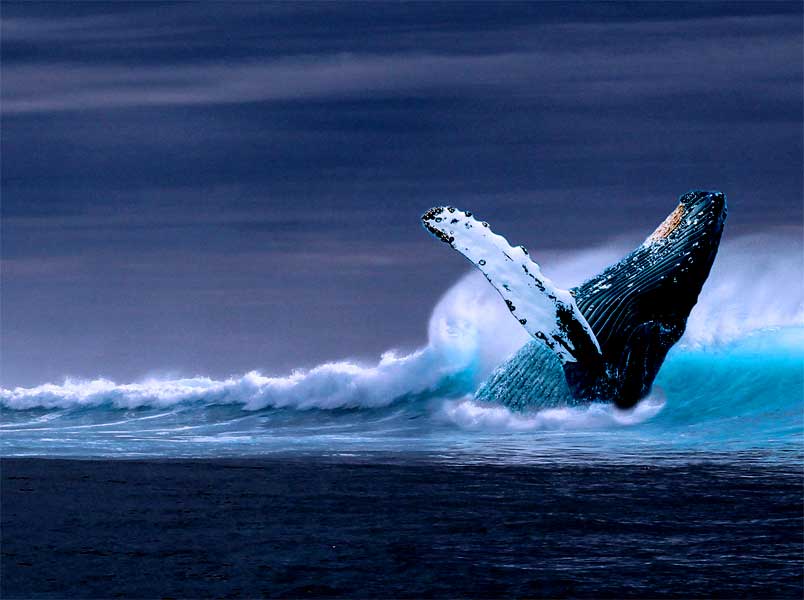
As you can see, there are also many insects who migrate.
Many people don’t know this but that’s probably because we don’t care as much about insects as we do about birds and mammals.
How Long Distances Do Animals Migrate?
This varies a lot.
Some animals will only travel a few kilometers in order to find the perfect water hole to lay eggs. Others will travel thousands of miles.
The Swallows are known to travel up to 6,500 miles (10500 kilometers) and that’s probably one of the longest distances an animal will travel. Because you can literally go anywhere if you travel that long!
They can travel all the way from North America to Africa!
That’s very impressive and it takes a long time. They are not big birds so they have to put in a lot of work to travel these extreme distances.
How Do Animals Find Their Way During Migration?
This is also something that scientists have struggled a lot to find out.
We still don’t know exactly how they learn to navigate their way during migration. So there are several theories and we will take a look at some of those here:
- They use landmarks like rivers
Some scientists believe that birds will fly according to rivers and other landmarks like streams. It would make sense because they are easy to see from the sky and that they have another color than the land around them. - They use the sun, moon, and stars to navigate
They might also use navigation according to the position of the sun and stars. - They use their smell or magnetic fields
They could also be using their smell to navigate. Or maybe they can navigate according to the Earth’s magnetic field. As you know we have many magnetic fields and they will be quite easy to navigate after (if you can sense them). This is much like using a compass.
Maybe the birds have a built-in compass that can actually sense the magnetic fields of the earth.
How Do Animals Survive Winter Without Migrating?
But not all animals will migrate to warmer climates when winter approaches.
There are many other ways of managing the cold weather. Let’s take a look at some other behavioral patterns with find in the animal kingdom whenever it gets really cold outside.
Hibernation
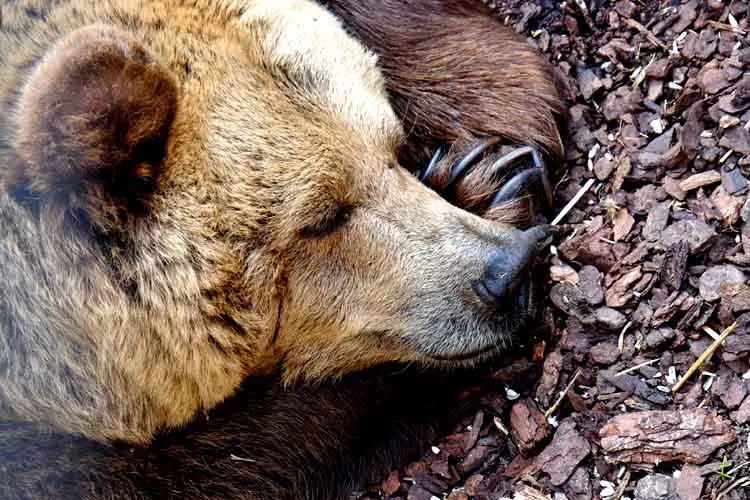
Some animals will go into a state of hibernation.
They will slow down their body temperature and they will also slow down their heart rate and breathing. The most popular animals to hibernate is probably the Brown Bears.
Bears will hibernate for around six months so they practically waste away half of that lifetime by sleeping!
Bears will actually stay alert during hibernation. They might also eventually wake up and take a little walk outside if they hear any noise or they sense danger.
Other animals have a more extreme form of hibernation. Let’s take bats for example. They can almost lower their temperature to the freezing point. And it can be an hour between each breath they take. They are one of the best animals to hibernate.
We have written a separate article here about why bears hibernate. Because it’s a pretty long story and it’s really interesting too!
Grow warmer feathers or fluff out
We also find a lot of animals who will not migrate or hibernate.
This means they will have to stay in the cold area all winter long. In order to survive the cold, they will have to develop warmer feathers or fluff out.
These are some of the animals that stay:
- Turkeys
- Hawks
- Owls
- Chickadees
You’re might have seen Owls during the winter. They develop really fluffy feathers and look super cute.
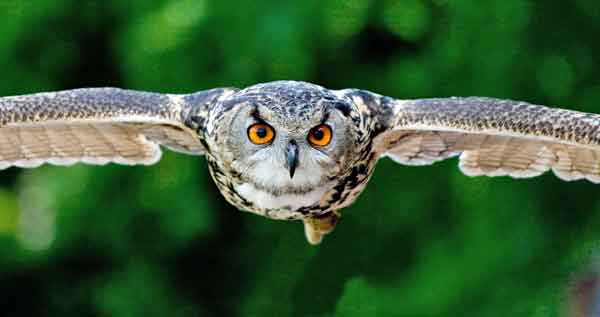
Some go underground
Ants will simply dig themselves down into the ground during winter.
They will prepare well by storing food and then they will eventually seal the openings to their hideouts.
When you dig yourself into the ground the temperature will stay well above the freezing point. This enables the tiny ants to survive. But they have to stay together in large groups in order to keep warm. Safety in numbers, as they say!
The main goal of the ants, during the winter, is to keep the queen alive.
She must be kept alive at all cost. After all, she is responsible for carrying the eggs for the next generation, and without her the ants will die in a matter of months.
Some do not plan on surviving
Some animals will finish off before the winter by laying eggs. And then they will prepare themselves to die.
These are typically smaller animals with a short lifespan. Like insects
In the late fall, they will lay eggs on the ground, under the tree or stone where they can find a little shelter. The eggs will hatch in the spring and then we have a new set of insects.
These are some of the insects that don’t survive the winter:
- Mosquitos
- Field Crickets
- Wasps
- Fleas
Not all insects will die during the winter.
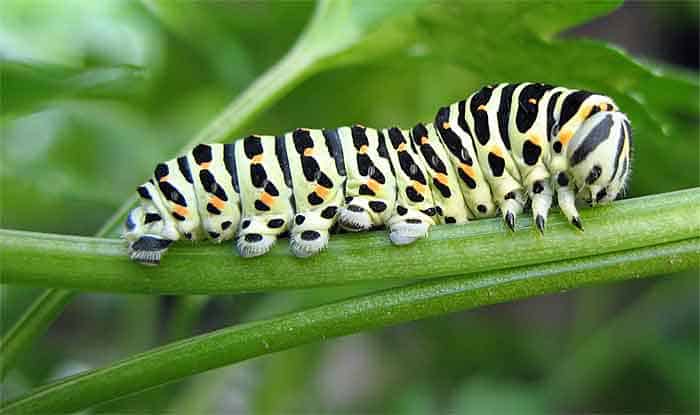
Take for example the Moth caterpillar. It has a very peculiar and interesting strategy for surviving the cold months.
It develops alcohol inside its body to be able to stay alive at freezing temperatures. Because it has added some degree of alcohol in its blood it won’t freeze and it can stay alive!
Sources: nhpbs.org, National Geographic



